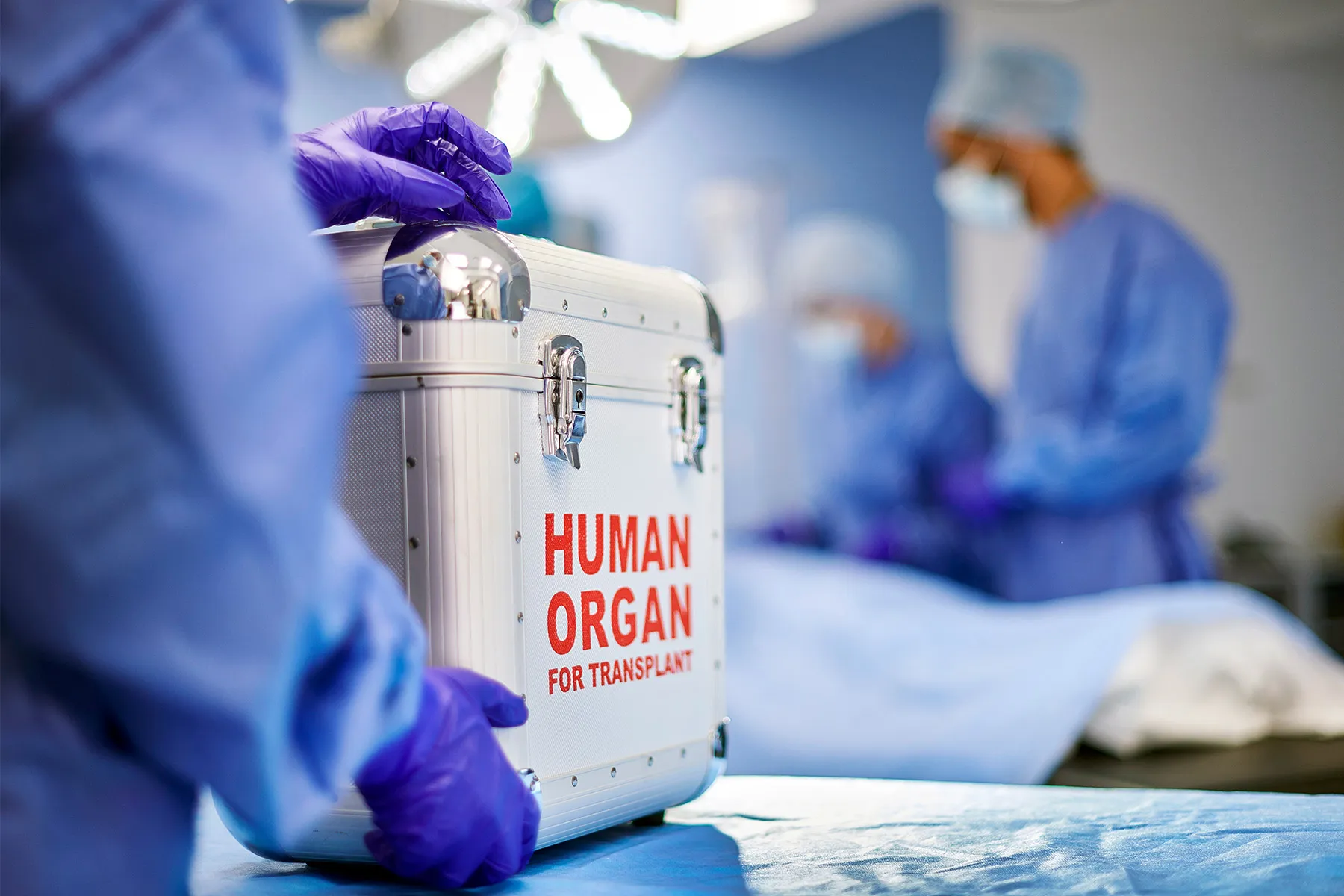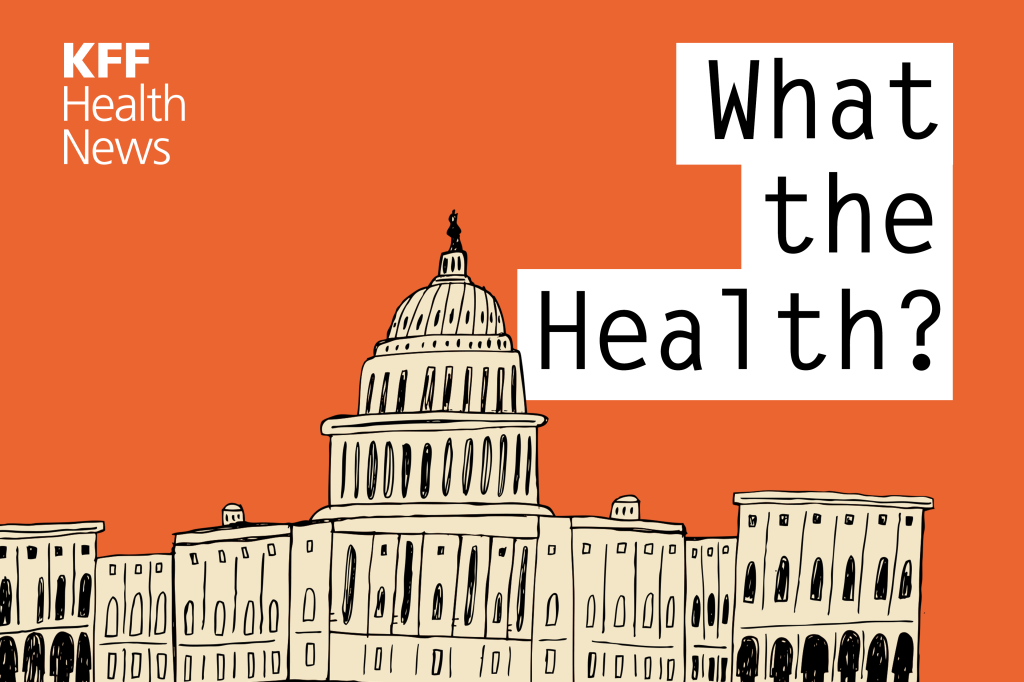Rate our content:
There was an error making your request , please try again!
Your evaluation is essential for us to continue improving the Pebmed Portal
The PEBMED Portal is intended for doctors and health professionals. Our contents inform recent panoramas of medicine.
If you are interested in publicizing your curriculum on the internet, connecting with patients and increasing your differentials, create a free profile on AgendarConsulta, the partner site of PEBMED.
Infectious endocarditis is a disease of variable clinical presentation, involving both the natural structure of the heart and implanted prosthetic devices. Regarding therapy, antimicrobial therapy is a cornerstone, and the surgical approach is indicated for selected cases.
In In a world where bacterial multi-resistance prevails, we are increasingly defining strategies for the use of reduced-spectrum antimicrobial therapies, shorter durations and preference for the oral route over the parenteral route. Classically, infective endocarditis affecting the right heart has a good response to oral antimicrobial therapy, and this possibility is generally refuted for the treatment of left-sided infections, where the use of intravenous therapy is the primary strategy, due to the severity of the initial disease and its possible complications. In-hospital mortality from infective endocarditis varies between 15-45%, with around 50% of patients undergoing surgical approach.
Clinical case: Native valve infective endocarditis


Make the best clinical decisions , update yourself. Sign up and access medical content written and peer-reviewed for free
Management of infectious endocarditis 
One way of managing these patients already recommended in American and European guidelines would be to reduce the length of hospital stay of these patients with infective endocarditis through the use of intravenous antibiotic therapy in the home or day hospital, as the treatment lasts at least six weeks. The rationale for this form of “early” hospital discharge would be that the complications that worsen the outcome of these patients occur from the beginning to the 10th day of treatment. In this way, selected patients with satisfactory clinical evolution, as long as they have all the necessary logistics and understanding, can be discharged as soon as possible.
The discussion on this point is: there is a need for a structure and logistics that are not always available in the reality of the Unified Health System, in addition to patient cooperation and understanding. It was thinking of an alternative solution that we started to debate the possibility of using oral antimicrobial regimens for the treatment of left endocarditis. The idea is not new, in 1956, Quinn et al. published a paper on the use of oral penicillin for the treatment of infective endocarditis
One of the best designs of the use of oral therapy for the treatment of endocarditis infectious was published in 2019, in New England Journal of Medicine (NEJM), by Iversen et al. who proposed the “partial oral therapy”, a therapeutic scheme that consisted of administering standard intravenous therapy for at least 10 days (period with the highest occurrence of complications), with the transition to an oral scheme with medical follow-up of patients in two to three Times a week. The study compared this approach with standard therapy, defining its non-inferiority character.
Reviews of the POET assay include the bacterial profile and sensitivity antimicrobial, profile of patients regarding injecting drug use and psychosocial and economic situation, which would not reflect an important group of patients who could be candidates for partial oral therapy. In addition, these patients would need close medical monitoring, to the point of having three consultations per week, something that may not be feasible in the case of public health.
Read also: Antibiotic prophylaxis for endocarditis: changes in recommendations
The criteria used for partial oral therapy for left infective endocarditis are as follows:
Infection caused by some of these agents isolated in blood cultures; Streptococci spp. , Enterococcus faecalis , Staphylococcus aureus or Staphylococcus coagulase -negatives;
- Satisfactory response to treatment in the initial period of 10 days (patient afebrile for more than 48 hours, C-reactive protein reduced by 25% of the level plus high of hospitalization or
| Amoxicillin 1 g 4x/day + Rifampicin 600 mg 2x/day |
Linezolid 600 mg twice/day + Rifampicin 600 mg twice/day
Staphylococcus aureus and staphylococci Oxacillin-sensitive negative coagulase Linezolid 600 mg twice/day + Rifampicin 600 mg twice/day
Amoxicillin 1 g 4x/day + Rifampicin 600 mg 2x/day
Streptococci with minimal inhibitory concentration for Penicillins
Linezolid 600 mg 2x/day + Moxifloxacin 400 mg 1x/day
Linezolid 600 mg 2x/day + Rifampicin 600 mg 2x/day
Table 1. Antimicrobial regimen used in the POET assay (adapted).
The possibility of oral antimicrobial therapy for infective endocarditis in the left heart is real. However, there is not yet a robust enough trial for us to treat this exception therapy as a therapeutic option. The results are promising, including in a letter to the NEJM after a three and a half year follow-up of patients who participated in the POET trial, the results remained as non-inferior in relation to intravenous therapy, especially in relation to the occurrence of reinfections/absence of adequate treatment .
Author:
Physician graduated from Faciplac, Gama-DF ⦁ Residency in Internal Medicine at the Hospital de Base do Distrito Federal ⦁ Routine and Savie’s Care Leader in the Internal Medicine ward of Hospital Santa Helena, Rede D’Or, Brasília-DF ⦁ On duty at the Neurocardiovascular Center, Hospital de Base Institute of the Federal District.
References:
Mistiaen WP. What are the main predictors of in-hospital mortality in patients with infective endocarditis: a review. Scand Cardiovasc J 2018;52:58-68. It hurts: 10.1080/14017431.2018.1433318 Baddour LM, Wilson WR, Bayer AS, et al. Infective endocarditis in adults: diagnosis, antimicrobial therapy, and management of complications: a scientific statement for healthcare professionals from the American Heart Association. Circulation 2015;132:1435-1486.
- Habib G, Lancellotti P, Antunes MJ, et al. 2015 ESC guidelines for the management of infective endocarditis: the Task Force for the management of infective endocarditis of the European Society of Cardiology (ESC). Endorsed by: European Association for Cardio-Thoracic Surgery (EACTS), the European Association of Nuclear Medicine (EANM). Eur Heart J 2015;36:3075-3128. Andrews MM, von Reyn CF. Patient selection criteria and management guidelines for outpatient parenteral antibiotic therapy for native valve infective endocarditis. Clin Infect Dis 2001;33:203-209. Quinn EL, Colville JM, Cox F Jr, Truant J. Phenoxymethyl penicillin (penicillin V) therapy of subacute bacterial endocarditis. J Am Med Assoc 1956;160:931-936.
Iversen K, Ihlemann N, Gill SU, et al. Oral partial versus intravenous antibiotic treatment of endocarditis. N Engl J Med 2019;380:415-424. Bundgaard H, Ihlemann N, Gill SU, et al. Long-term outcomes of partial oral treatment of endocarditis. N Engl J Med 2019;380:1373-1374. Chowdurry J, Patel R, Chambers H. Oral versus Intravenous Antibiotics for Endocarditis. N Engl J Med 2021; 385:1141-1143.
 from the PEBMED Portal:
from the PEBMED Portal: ![]()
7 days free with the Whitebook Application made for you, the doctor, designed to bring security and objectivity to your clinical decision.

Free access to the Nursebook Access key information for your daily life such as anamnesis, semiology.
Free access to the Forum Space for the exchange of experiences and constructive comments on topics related to Medicine and Health.
![]()
Unlimited access Get access to news, studies, updates and more content written and reviewed by experts
The PEBMED Portal is intended for physicians and health professionals. Our contents inform recent panoramas of medicine.
If you are interested in publishing your curriculum on the internet, connecting with patients and increasing your differentials, create a free profile on AgendarConsulta, the partner site of PEBMED.
Note: This article has been indexed to our site . We do not claim ownership or copyright of any of the content above. To see the article at the original source Click Here














